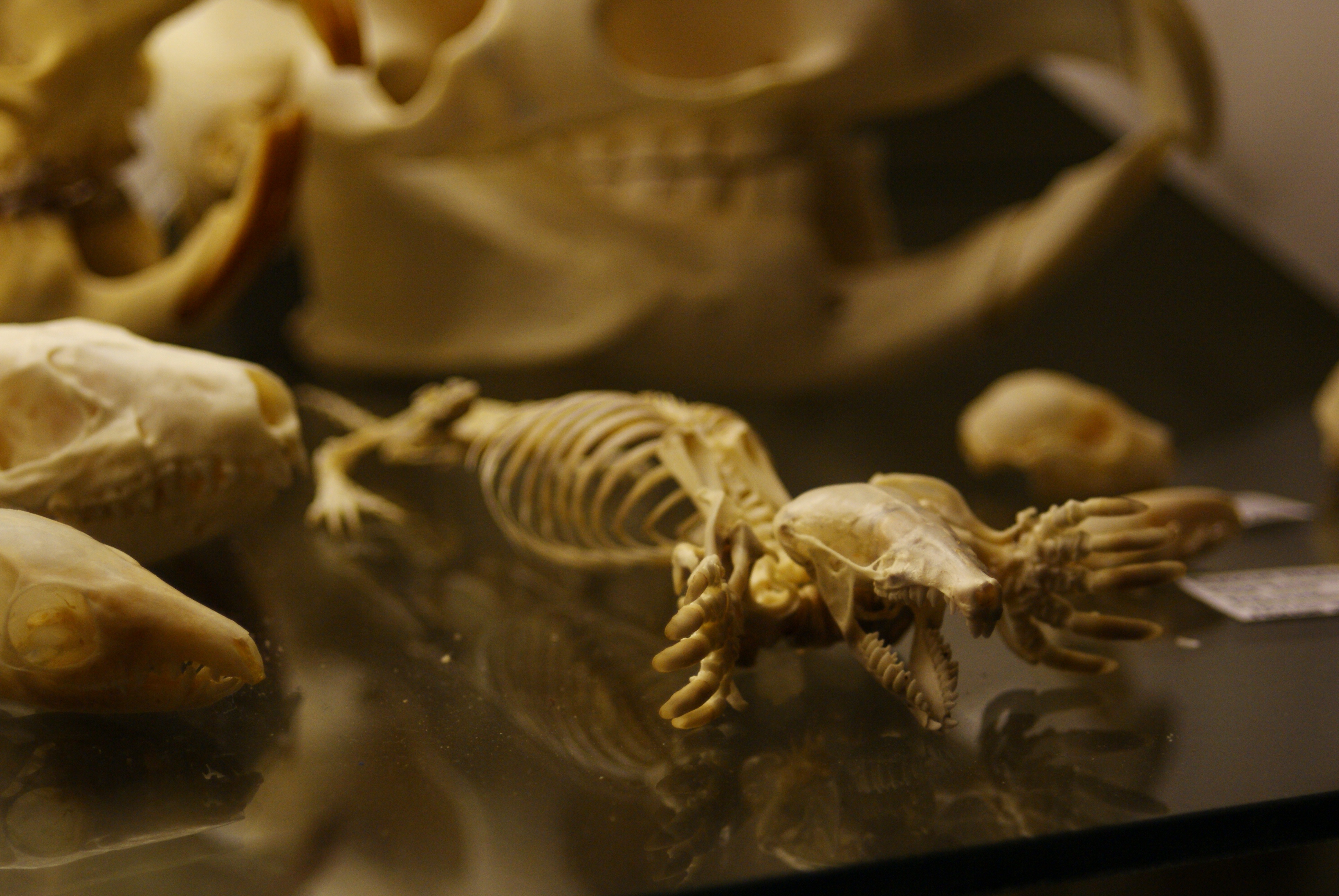Eastern mole on:
[Wikipedia]
[Google]
[Amazon]

 The Eastern Mole or Common Mole (''Scalopus aquaticus'') is a medium-sized
The Eastern Mole or Common Mole (''Scalopus aquaticus'') is a medium-sized

North America
North America is a continent in the Northern Hemisphere and almost entirely within the Western Hemisphere. It is bordered to the north by the Arctic Ocean, to the east by the Atlantic Ocean, to the southeast by South America and th ...
n mole. It is the only member of genus ''Scalopus''. It is found in forested and open areas with moist sandy soil
Soil, also commonly referred to as earth or dirt, is a mixture of organic matter, minerals, gases, liquids, and organisms that together support life. Some scientific definitions distinguish ''dirt'' from ''soil'' by restricting the former ...
s in northern Mexico
Mexico (Spanish language, Spanish: México), officially the United Mexican States, is a List of sovereign states, country in the southern portion of North America. It is borders of Mexico, bordered to the north by the United States; to the so ...
, the eastern United States
The United States of America (U.S.A. or USA), commonly known as the United States (U.S. or US) or America, is a country Continental United States, primarily located in North America. It consists of 50 U.S. state, states, a Washington, D.C., ...
and the southwestern corner of Ontario
Ontario ( ; ) is one of the thirteen provinces and territories of Canada.Ontario is located in the geographic eastern half of Canada, but it has historically and politically been considered to be part of Central Canada. Located in Central Ca ...
in Canada
Canada is a country in North America. Its ten provinces and three territories extend from the Atlantic Ocean to the Pacific Ocean and northward into the Arctic Ocean, covering over , making it the world's second-largest country by to ...
.
The eastern mole has grey-brown fur with silver-grey underparts, a pointed nose and a short tail. It is about in length including a long tail and weighs about . Its front paws are broad and spade-shaped, specialized for digging. It has 36 teeth. Its eyes are covered by fur and its ears are not visible.
The eastern mole spends most of its time underground, foraging
Foraging is searching for wild food resources. It affects an animal's fitness because it plays an important role in an animal's ability to survive and reproduce. Foraging theory is a branch of behavioral ecology that studies the foraging behavi ...
in shallow burrow
An Eastern chipmunk at the entrance of its burrow
A burrow is a hole or tunnel excavated into the ground by an animal to construct a space suitable for habitation or temporary refuge, or as a byproduct of locomotion. Burrows provide a form of s ...
s for earthworm
An earthworm is a terrestrial invertebrate that belongs to the phylum Annelida. They exhibit a tube-within-a-tube body plan; they are externally segmented with corresponding internal segmentation; and they usually have setae on all segments. T ...
s, grubs, beetle
Beetles are insects that form the order Coleoptera (), in the superorder Endopterygota. Their front pair of wings are hardened into wing-cases, elytra, distinguishing them from most other insects. The Coleoptera, with about 400,000 describ ...
s, insect larvae and some plant matter. It is active year-round. It is mainly solitary except during mating in early spring. The female has a litter of two to five young in a deep underground burrow.
Subspecies
A majority of the moles throughout their range are ''Scalopus aquaticus aquaticus''. All the other subspecies exist in small pocket ranges.See also
*Rockport virus
Rockport virus (RKPV) is a single-stranded, enveloped, negative-sense RNA orthohantavirus.
Natural reservoir
Rockport virus was first isolated in archival tissues of four Eastern moles found in and around Rockport, Texas.
Virology
Phylogene ...
* Hantavirus pulmonary syndrome
*Mole (animal)
Moles are small mammals adapted to a subterranean lifestyle. They have cylindrical bodies, velvety fur, very small, inconspicuous eyes and ears, reduced hindlimbs, and short, powerful forelimbs with large paws adapted for digging.
The word ...
for more general information on moles
References
External links
* * {{Taxonbar, from=Q1353759 Mammals described in 1758 Taxa named by Carl Linnaeus Fauna of the Southeastern United States Mammals of Mexico Mammals of the United States Talpidae